en
/english
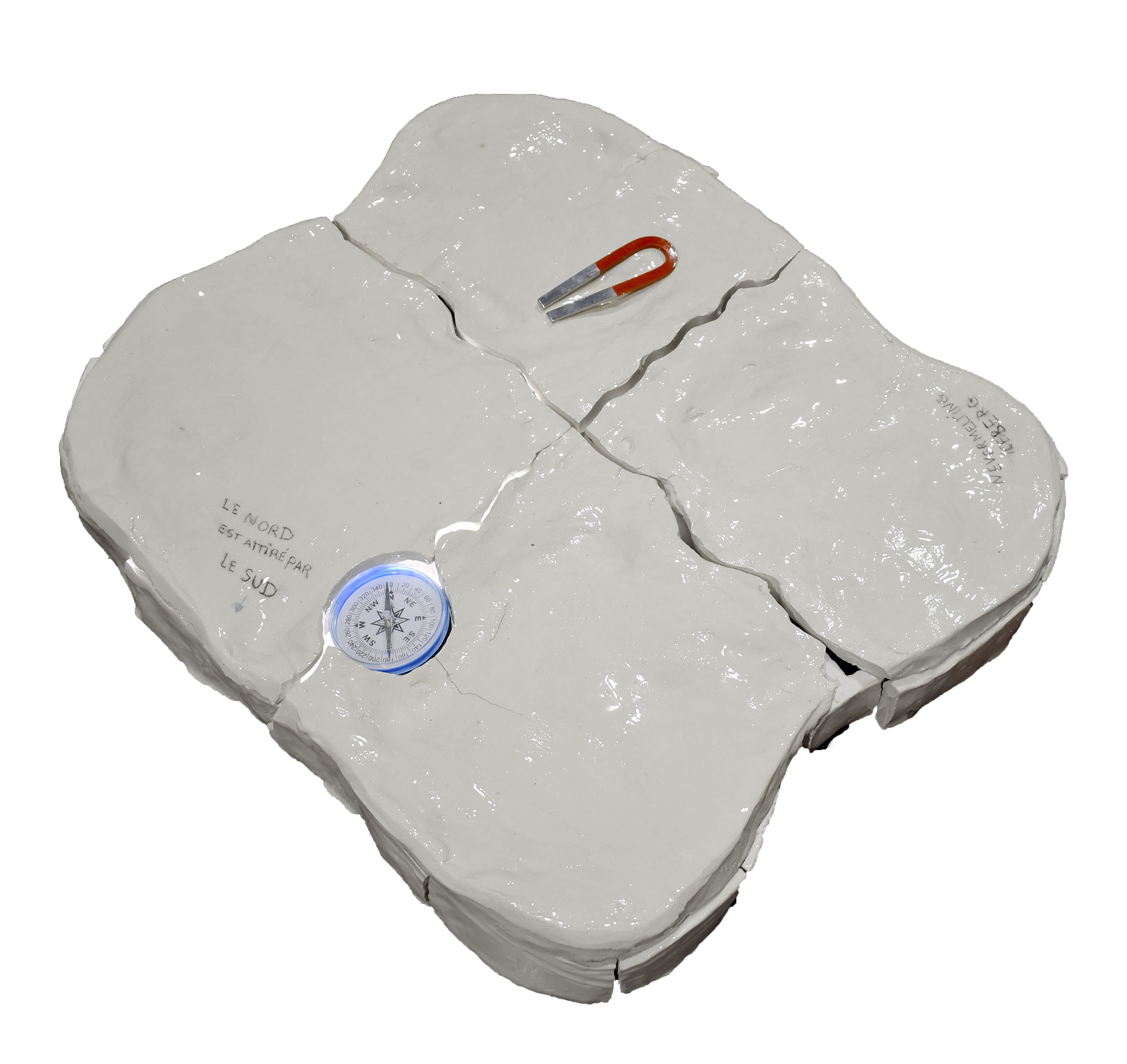
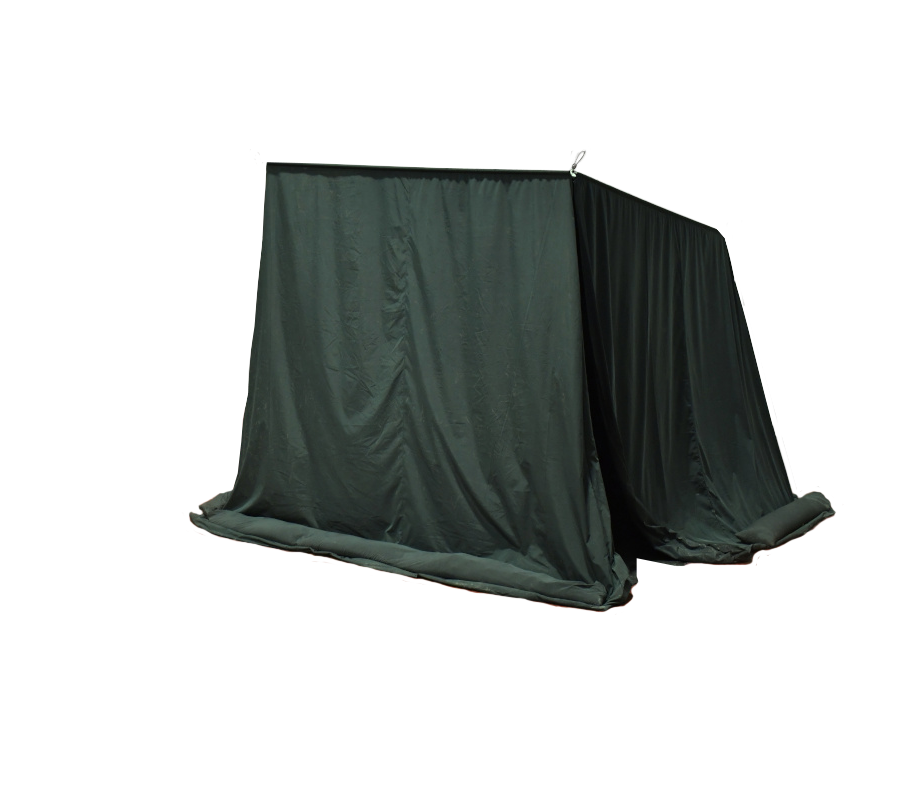
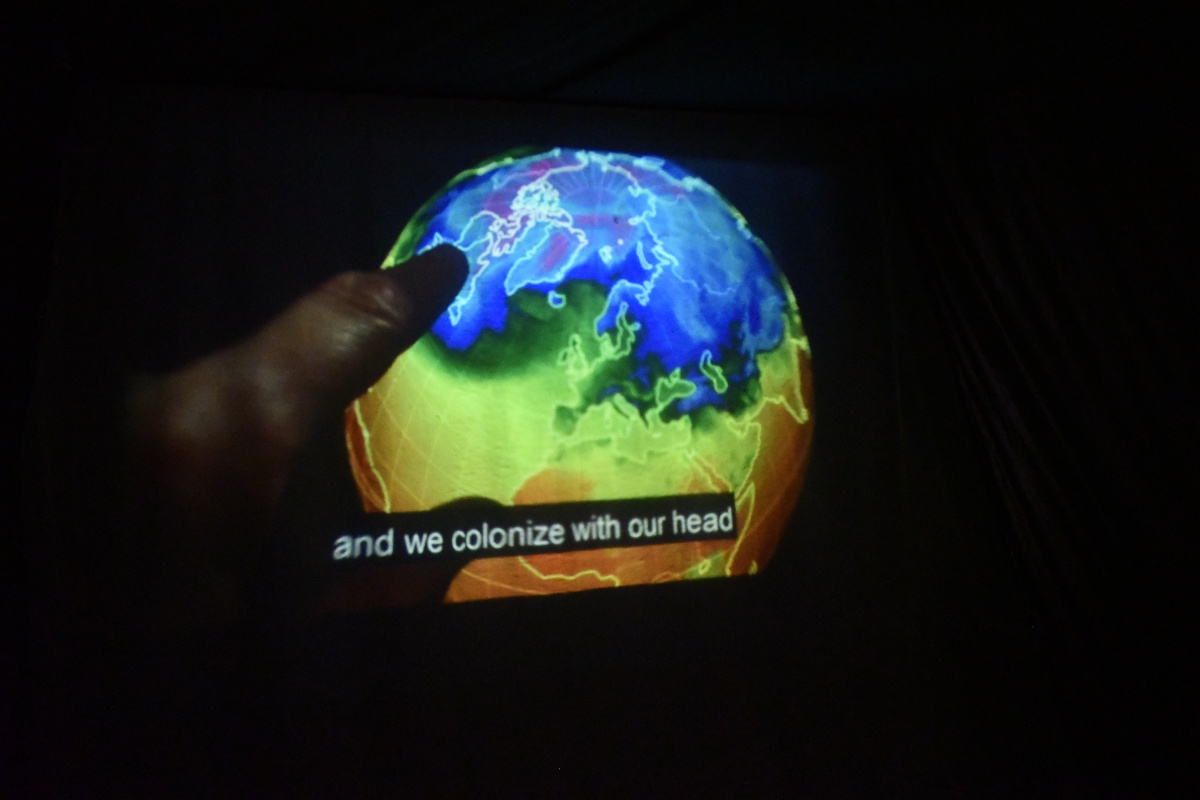
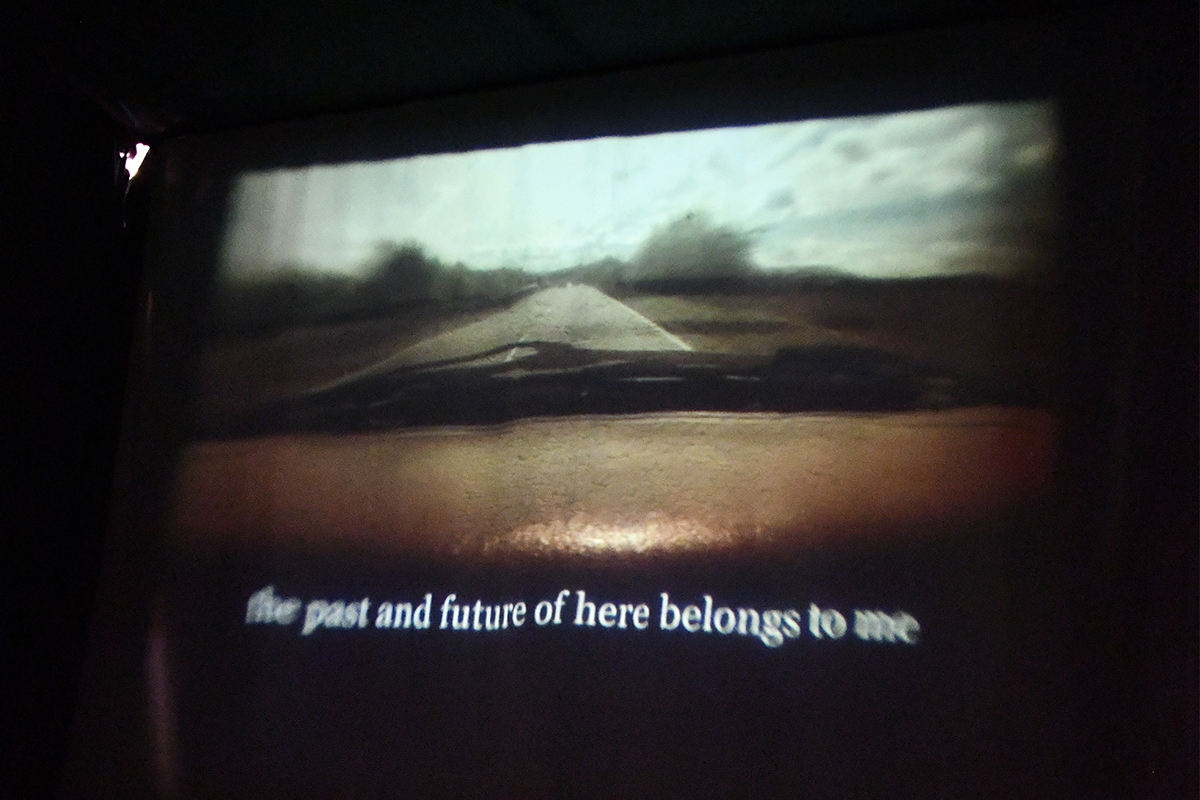
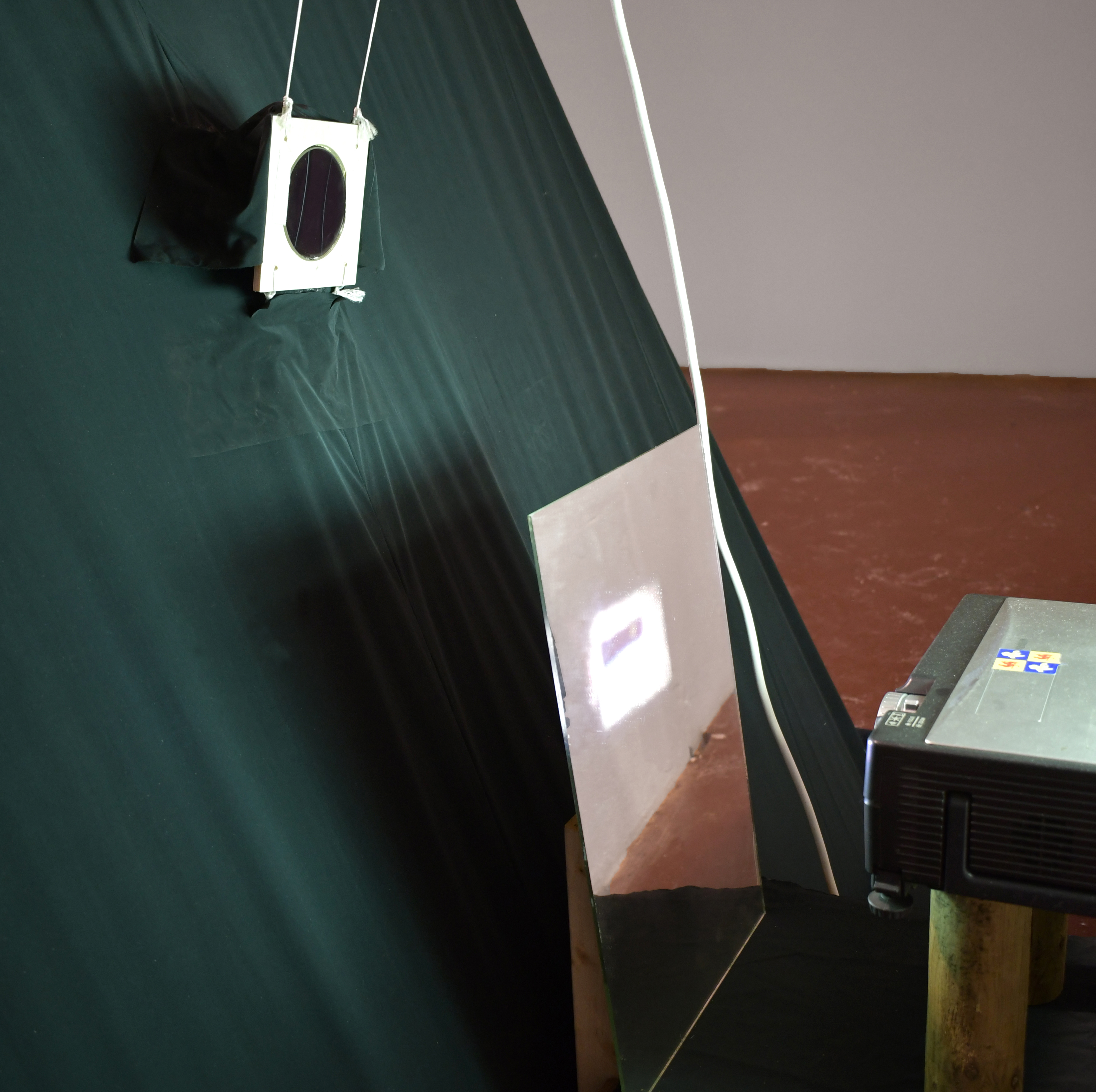
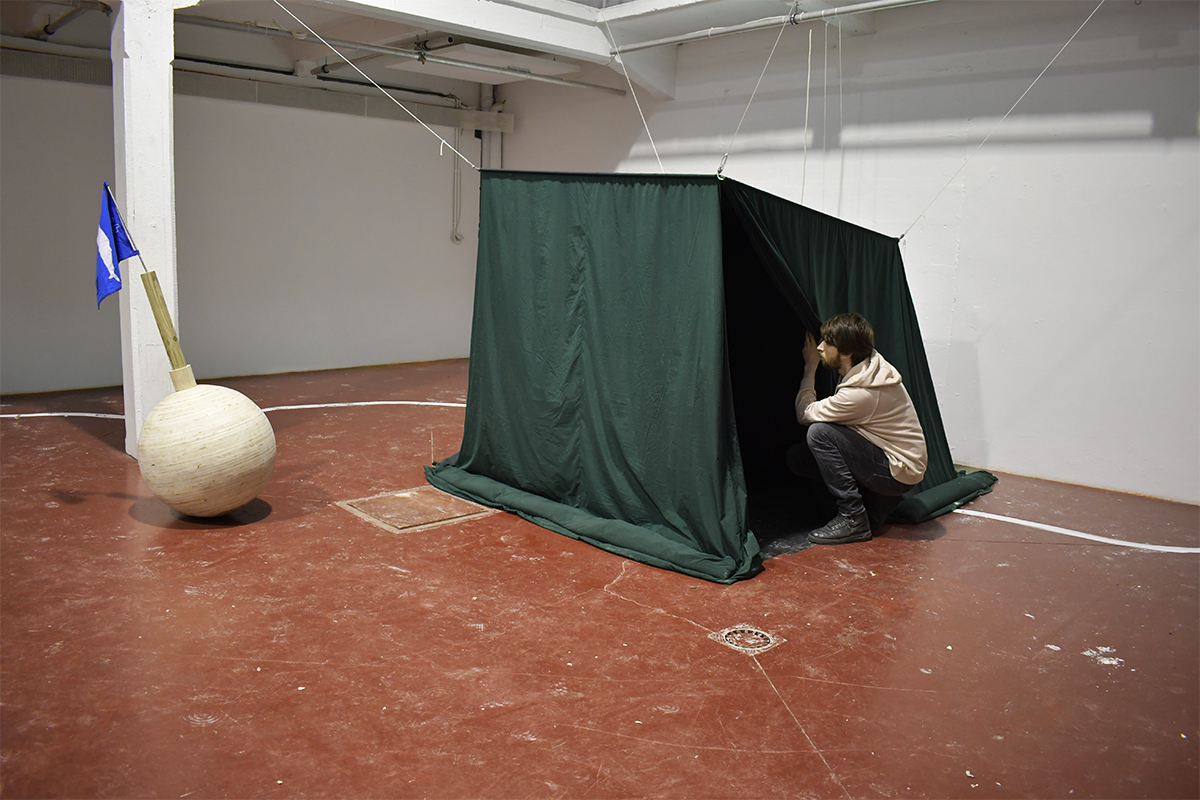
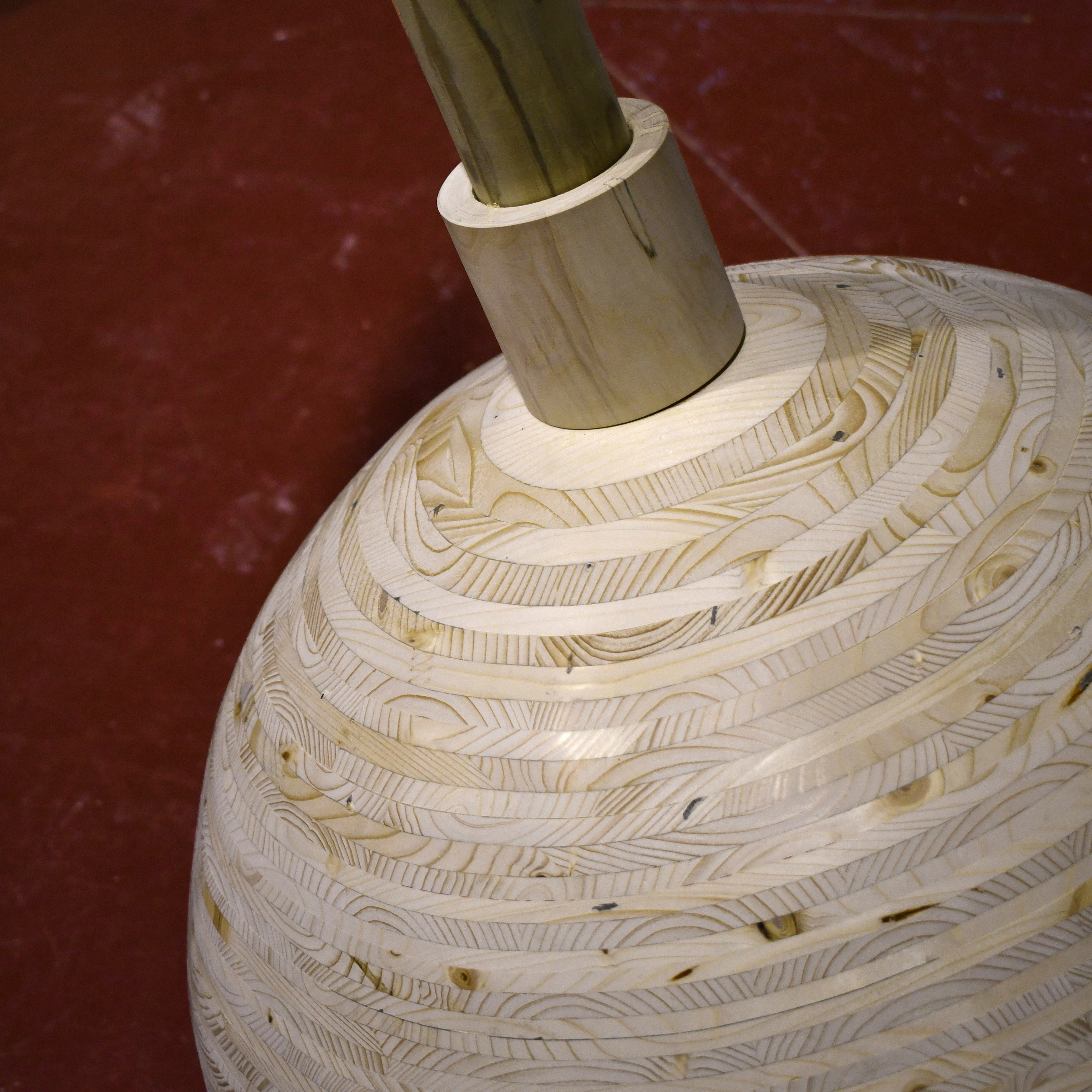
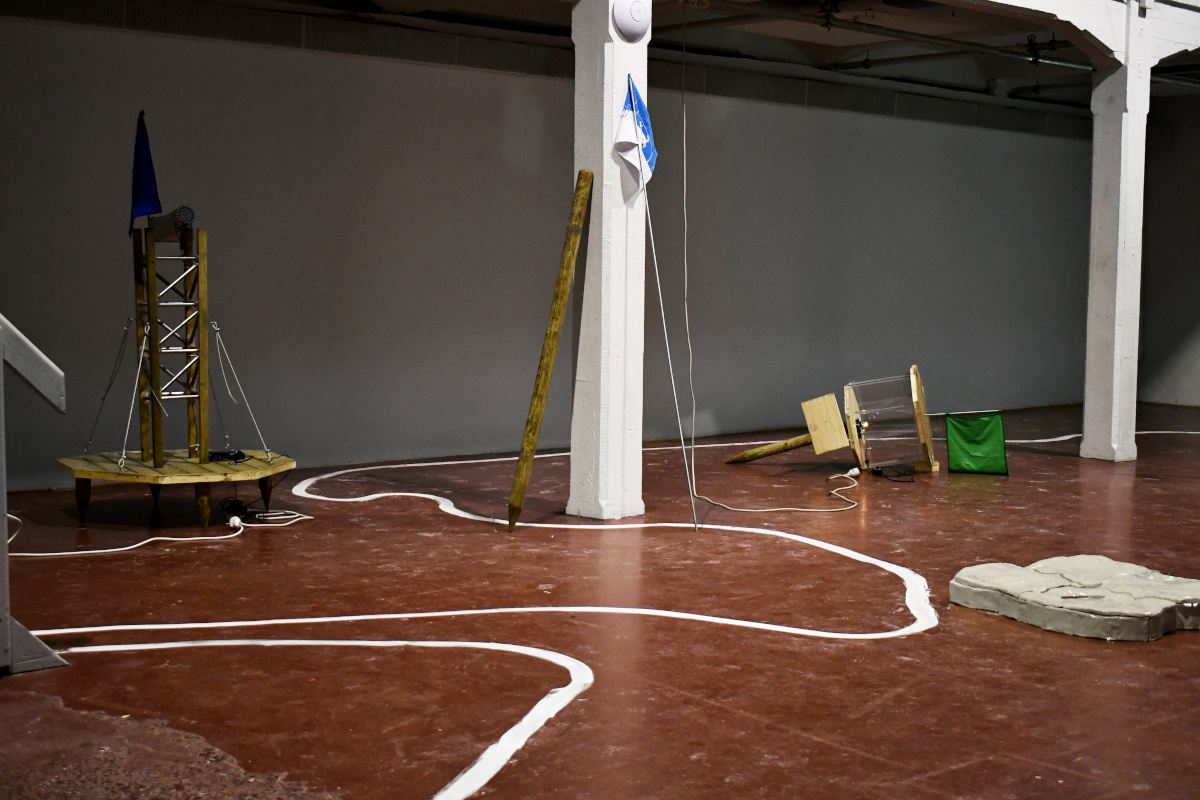
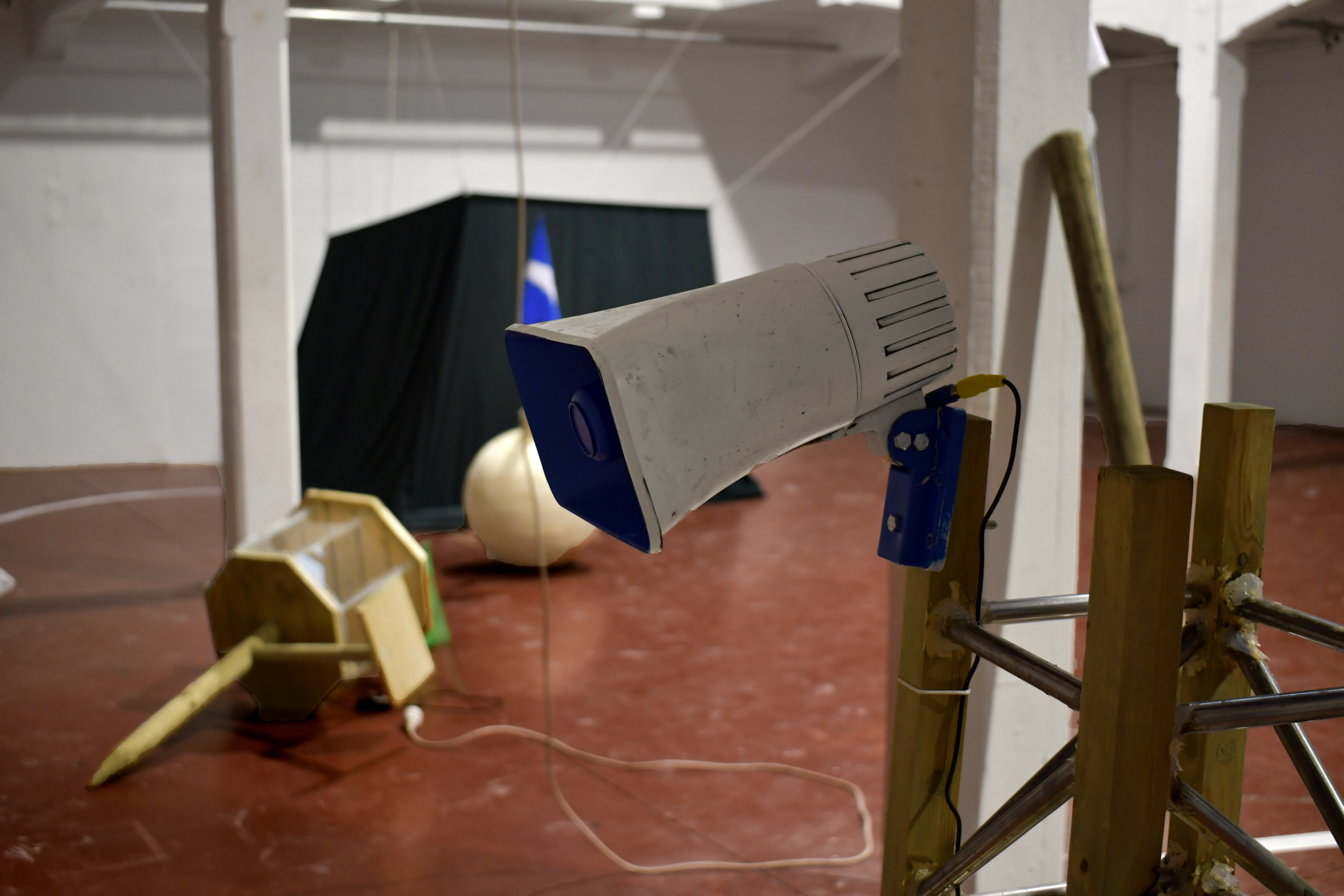











Antarctic ballads
It is a reflection on Antarctica as a territory of narrative projections, both fictional and historical, as something that cannot be represented, but is told. It is an absolute to be reached, a large white paper on which contains the history of Earth, as well as the thirst of humanity to conquer and claim a territory. In my opinion, it contains all potential stories: the project levels fictional and "real" stories because it considers that, when told, any event becomes fiction.
Antarctica is, both geographically and politically, an inaccessible place, and every experience in this territory, real or imagined, tends to be transmitted in some way. From the diaries of R.F. Scott or Charcot (famous explorers for their polar journey) to John Carpenter's The Thing or Lovecraft's At the Mountains of Madness, these works are views of the Antarctic experience.
Each great key figure in the history of Antarctica (Shakleton, Scott, Mawson etc.) has a monument, a marker on the territory. The sculptures will therefore be marker buoys. Each one evokes a fictional story, taken from a book or a film that takes place in Antarctica. This project puts these works in relation with each other and constitutes a sculptural cosmogony.
The video presented is a road movie. We follow the trajectory of a young woman seeking to be crossed by a new Antarctic story. Without having to go there, she uses a distance equivalent in Europe to that covered by Robert Falcon Scott, during his failure to reach the South Pole. Her journey is marked by the installation of monuments in honor of selected Antarctic fictions: a way to recognize them and to get rid of the narrative told by men.
A first version of this video was shown at the '1st Antarctic Pavilion' exhibition, at the 57th Venice Biennale in 2017. For this invitation, I used the Brussels-Venice car journey as a tool for fiction. In a poetic way, this version of the video attempted to establish a parallel between Venice-Brussels and Antarctica, each being the object of a Western utopia. The Venice Biennale as a desire to represent international contemporary art, Brussels as the capital of a united Europe, and Antarctica as a free territory and the seat of international scientific investigations. The project was supported by the Wallonia-Brussels Federation.